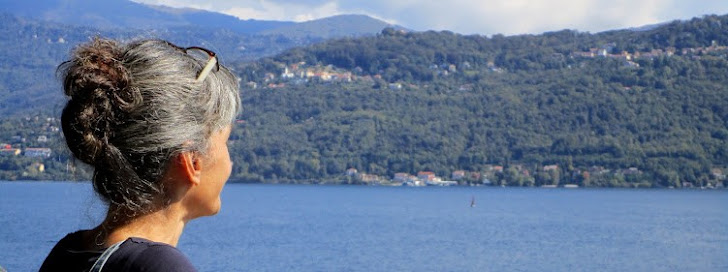
"The order that matters most is not spacial but temporal. Sometimes pictures convey this, but the habit of seeing in pictures encourages us to loose sight of the dance." Rebecca Solnit (2022). Orwell's Roses. Lisbon Metro. Photo by Monica Pinheiro free to use if you respect the license CC BY-NC-SA ( CC ).


